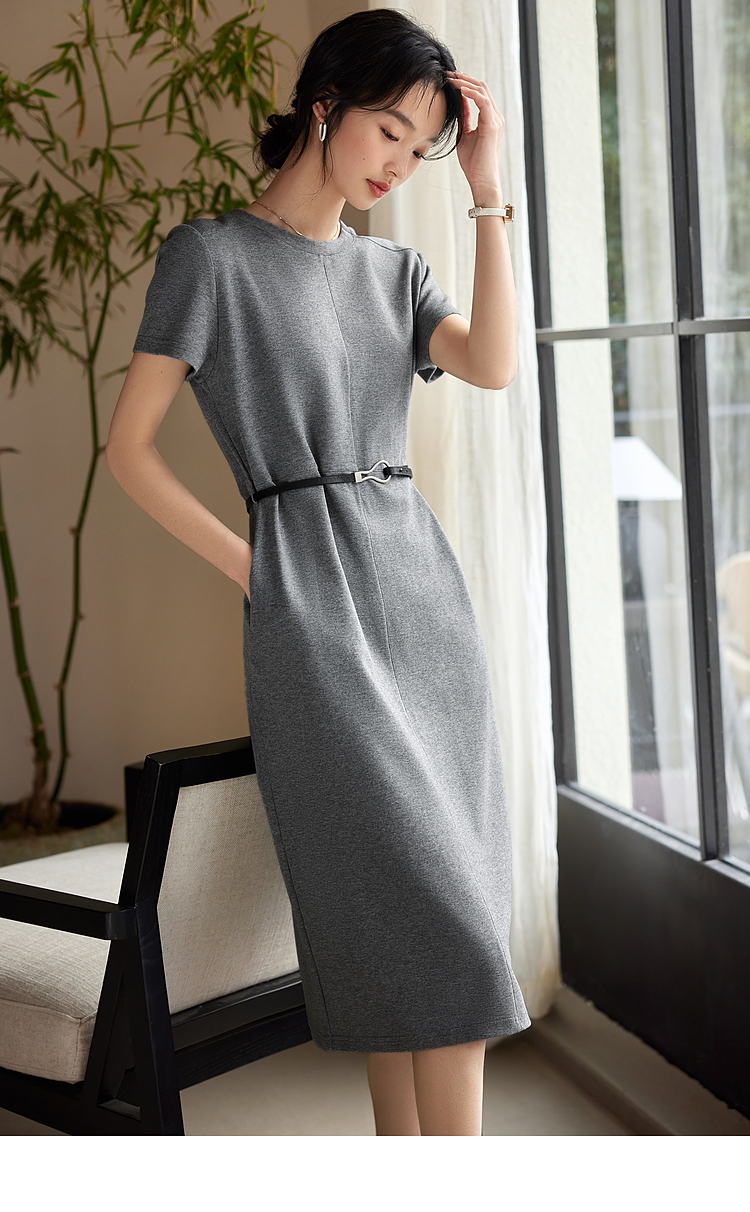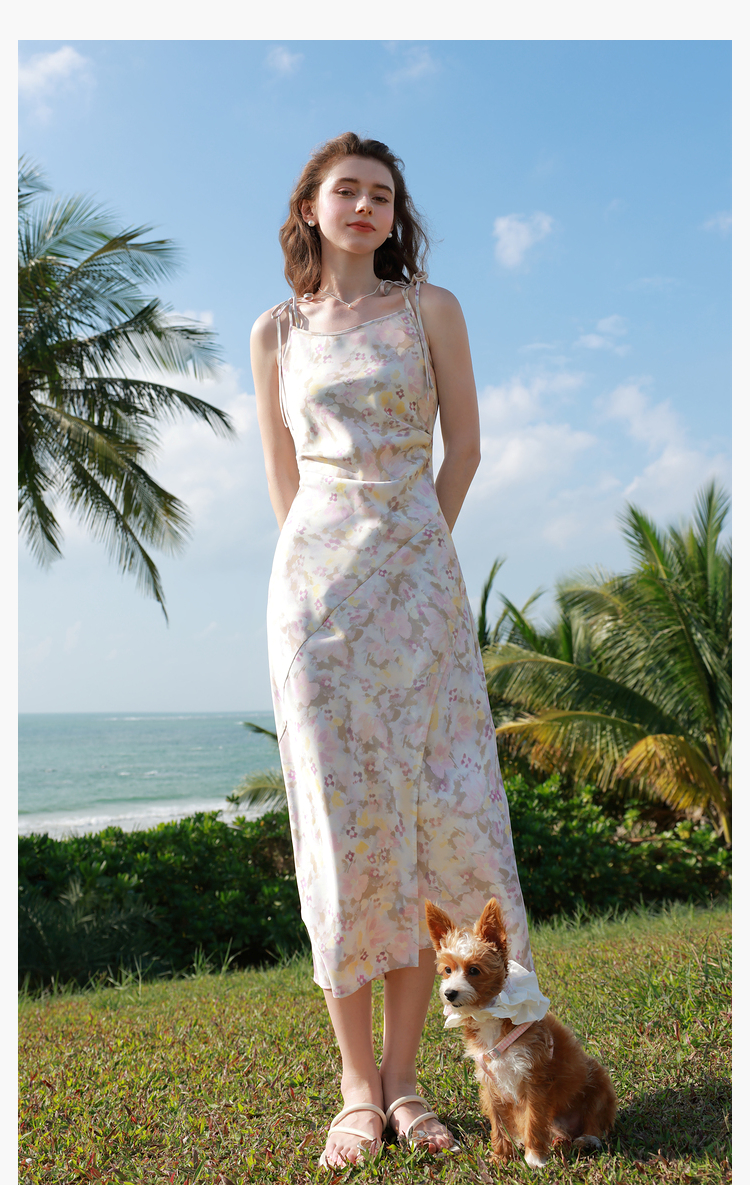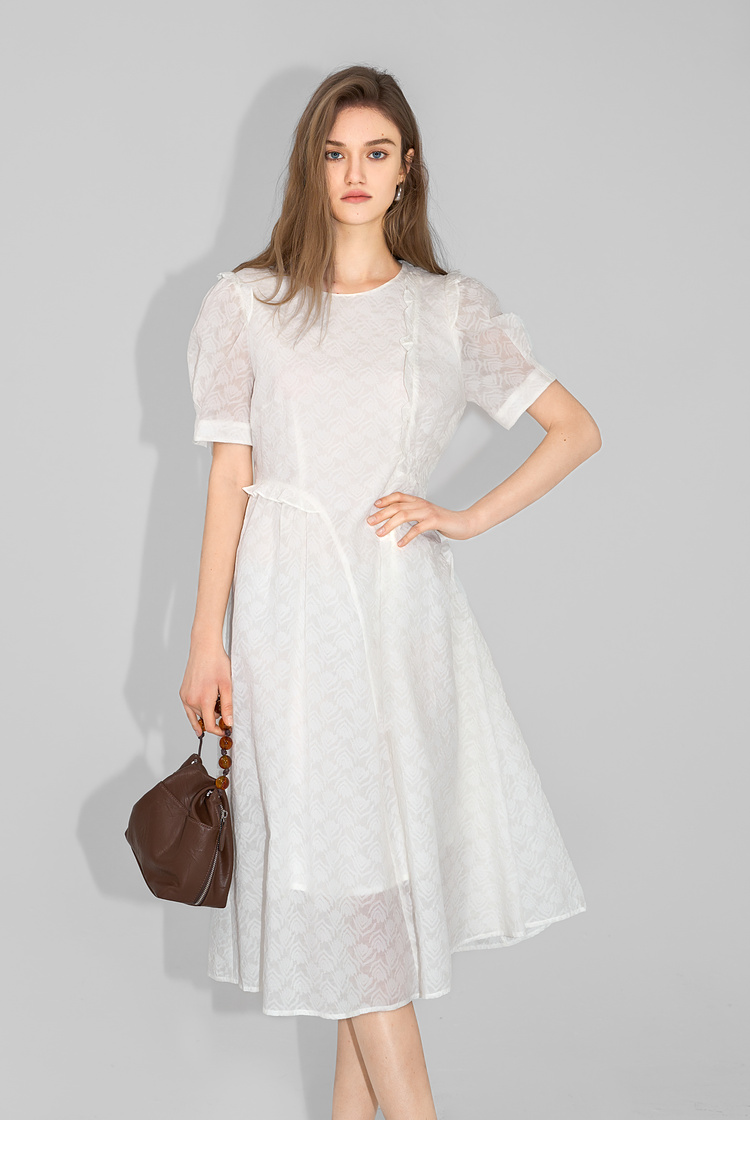A Dive into the World of Aquatic Fashion
Fashion is an ever-evolving expression of individuality and creativity, and the world of aquatic fashion is no exception. From the depths of the ocean to the competitive edge of the pool, aquatic fashion has carved out its own niche, combining functionality with style. This article will explore the unique aspects of aquatic attire, its history, and how it continues to make waves in the fashion industry.
Historical Overview
Aquatic fashion has its roots in the early 20th century, with the advent of competitive swimming and the growing popularity of seaside leisure activities. Early swimwear was practical, focusing on full coverage for modesty and protection from the sun. As time progressed, advancements in materials and a shift in societal attitudes led to a transformation in swimwear design, emphasizing performance and aesthetics.
Materials and Innovations
The choice of materials in aquatic fashion is crucial for both performance and comfort. Innovations such as neoprene for wetsuits, chlorine-resistant fabrics for competitive swimmers, and sustainable materials for eco-conscious consumers have all played a part in shaping the industry. Technological advancements have also led to the development of high-tech swimwear that enhances speed and buoyancy, giving athletes a competitive edge.
Cultural Impact
Aquatic fashion has had a significant cultural impact, reflecting societal changes and influencing trends beyond the water. From the iconic one-piece swimsuits of the 1950s to the bold patterns and cuts of modern beachwear, aquatic fashion has been a canvas for artistic expression and a symbol of freedom and leisure.
Contemporary Aquatic Fashion
Today, aquatic fashion is more diverse and inclusive than ever. Designers are pushing the boundaries of swimwear, incorporating elements from various cultures, body types, and personal styles. From high-fashion runways to the practical needs of water sports enthusiasts, aquatic fashion is a vibrant and dynamic sector that continues to evolve.
The Future of Aquatic Fashion
As we look to the future, aquatic fashion is poised to embrace new technologies and sustainable practices. With a growing awareness of environmental issues, the industry is expected to focus on eco-friendly materials and production methods. Additionally, the integration of smart textiles and wearable technology may further enhance the functionality and appeal of aquatic attire.
Conclusion
In conclusion, a dive into the world of aquatic fashion reveals a rich tapestry of innovation, cultural influence, and style. As the industry continues to grow and adapt, it offers a fascinating look into the intersection of fashion, function, and the human connection with water.







The historical overview was enlightening, but I wish the article had delved deeper into how aquatic fashion has been influenced by cultural shifts, like the rise of beach culture in the 1960s.
I’m a fashion influencer, and I love how aquatic fashion reflects societal changes. The shift from modest swimwear to more revealing designs mirrors the journey of the long finned black skirt tetra from a common fish to a popular aquarium pet.
I’m a retiree, and I enjoy leisurely swims at the pool. The article’s discussion on comfort and style is exactly what I need for my relaxed lifestyle.
I’m a beach lover, and I can’t help but admire how aquatic fashion has become so inclusive. It’s refreshing to see designs that cater to all body types and cultures.
The article’s exploration of aquatic fashion’s cultural impact was insightful, but I wish it had included more examples of how different cultures have influenced swimwear designs.
The article’s emphasis on inclusivity is heartwarming. It’s refreshing to see the fashion industry embrace diversity and cater to people of all shapes, sizes, and backgrounds.
As an environmental activist, I’m encouraged by the article’s mention of sustainable practices in aquatic fashion. However, I’m concerned that the industry isn’t moving fast enough. The long finned black skirt tetra, like many aquatic species, is under threat, and we need to do more to protect our oceans.
I’m a travel blogger, and I find aquatic fashion to be a great conversation starter. The long finned black skirt tetra’s exotic appearance is a perfect icebreaker when meeting new people on the beach.
I’m a fashionista from Paris. The article’s discussion on the cultural impact of aquatic fashion is intriguing. However, I wish there was more focus on how swimwear trends differ across cultures. In Paris, we have our own unique take on beach fashion, which isn’t always reflected in global trends.
I’m a fashion enthusiast from Italy, and I love how aquatic fashion has evolved to include bold patterns and cuts. It’s fascinating to see how swimwear has become a canvas for artistic expression. However, I do feel that the article could have delved deeper into the cultural impact of aquatic fashion in different regions, especially in countries like mine where beach culture is so prominent.
As a marine biologist, I find the integration of aquatic fashion with eco-friendly materials incredibly inspiring. The long finned black skirt tetra, a species I study, thrives in clean waters. It’s heartening to see the fashion industry taking steps to protect our oceans.
I’m a fashion retailer, and I see the growing demand for inclusive and sustainable aquatic fashion. The long finned black skirt tetra’s adaptability to different environments is a great metaphor for the diverse needs of consumers.
As a fashion student, I find the design aesthetics of aquatic fashion inspiring. The bold patterns and cuts of modern beachwear reflect the vibrant colors and unique shapes of the long finned black skirt tetra.
Being a sustainability advocate, I’m thrilled to see the focus on eco-friendly materials in aquatic fashion. The long finned black skirt tetra’s survival in clean waters is a reminder of why we need to protect our environment.
As a marine conservationist, I’m concerned about the environmental impact of some aquatic fashion materials. While the focus on eco-friendly options is positive, we must ensure that all materials used are truly sustainable, much like the long finned black skirt tetra’s need for clean waters.